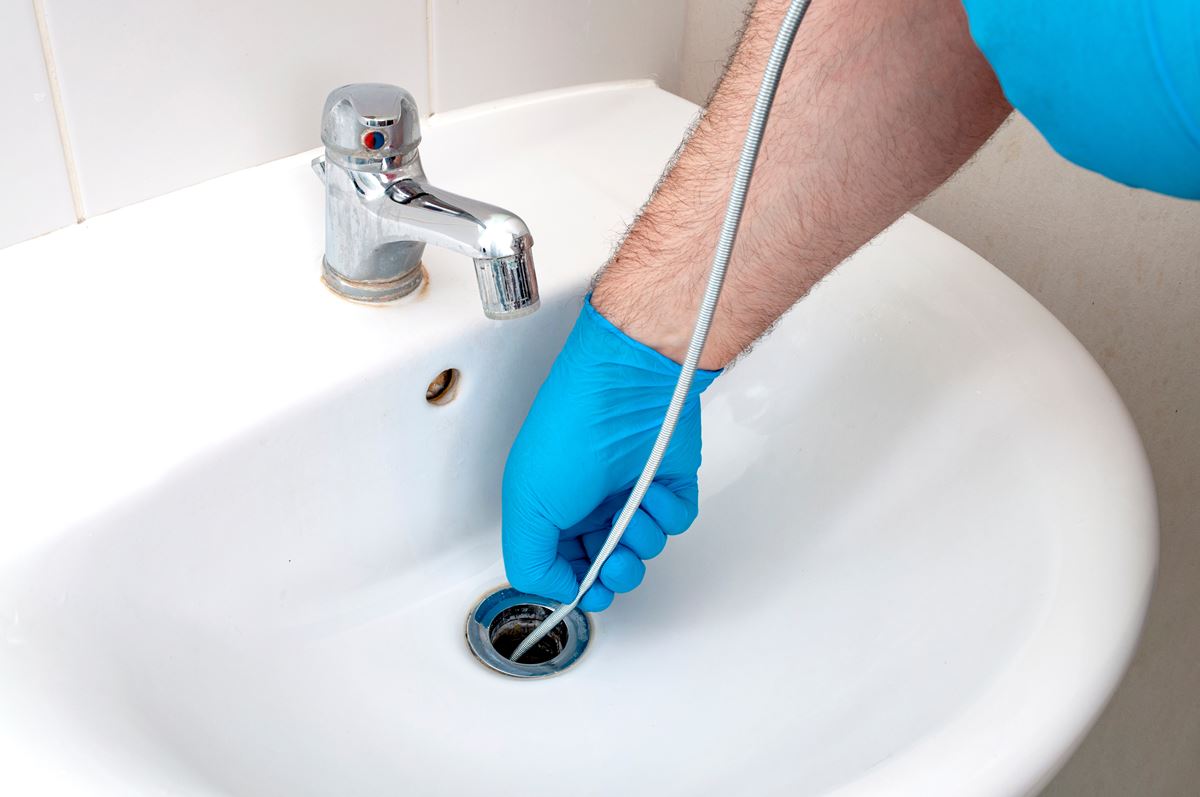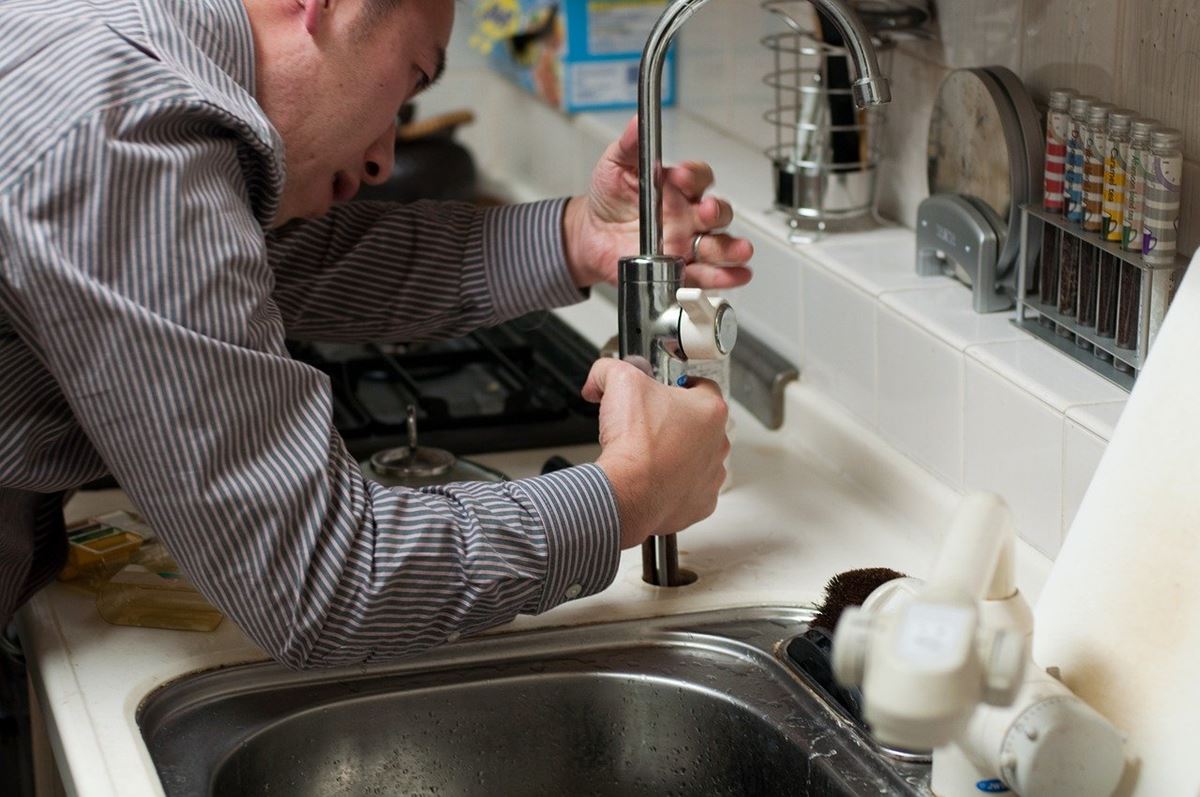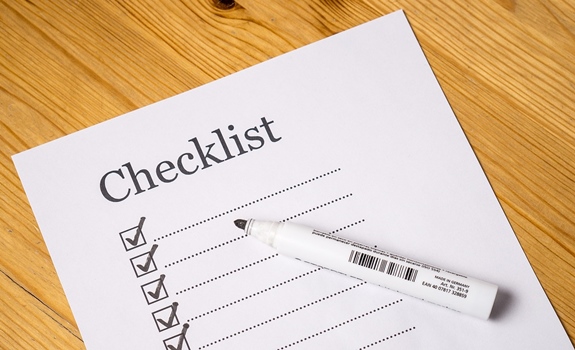Plumbing is one of the essential aspects of a building’s integrity. However, many homeowners don’t realize this until they encounter a plumbing problem. As the home ages, it’s natural for plumbing issues to occur. Therefore, identifying the problems helps you get the skills required to find a solution. Being unable to identify a problem can result in more extensive and expensive fixes.
This article will outline the fundamental plumbing issues and how to fix them
#1 Clogged Drains and Toilets
Clogged drains and toilet issues are easy to spot. You’ll notice the water not going down for showers and sinks with clogged drains, while in toilets, the water backs up or overflows when you flush. Clogged drains are caused by a partial or complete blockage of the drain pipes, allowing little or no water to flow down the pipes.
In showers, the blockage may be caused by hair, shampoo lids, or small toys. In sinks, grease and other food debris are the usual culprits, while in toilets, it’s usually tampons and paper towels.
Solution
When addressing clogged drains and toilets, use a plunger as it’s the easiest way to unclog small debris buildup. Put the plunger over the clogged drain or toilet, and make up-and-down motions to suck up the clog. Alternatively, you can use either tweezers or pliers if the blockage is visible and near. Plumbing snakes are also an excellent solution to dislodge the buildup to allow for a smooth water flow. Another option is using homemade uncloggers, such baking soda and vinegar, salt and baking soda, or salt and vinegar solutions.
#2 Leaky Pipes and Faucets
Dripping pipes and faucets or constantly running toilets are common problems in many homes. If not detected early, they can cause significant damage to the walls or floors near the leaking pipe. They’re easy to spot as water physically drips to the floor. You can also hear the drips falling. A leaking pipe may be caused by deterioration, high water pressure, or shifting. Leaky faucets occur when the washers forming the seal don’t seal tightly, allowing water to drip.
Solution
In faucets, the issue is fixed by replacing the washers. You can do it yourself or call a plumber to do the job for you. You should replace the pipes or joints for leaking pipes, too. If you’re not qualified for the job, let the professionals handle the task to avoid mistakes that’ll lead to repeated leaks and costlier repairs.
Leaks are often tricky to avoid, but try to ditch using excessive pressure when using faucets. Also, pipes must be inspected regularly to detect the problems early.
#3 Low Water Pressure
This is another common plumbing issue most households experience, affecting one’s daily home routine and schedule, such as by making it challenging to rinse dishes and shower. This issue should be resolved immediately after it’s spotted.
The issue may be caused by a break in the main water line. This is the case if your neighbors are also experiencing the same problem. The problem may also be caused by leaking pipes in your house, or mineral or sediment buildup in your pipes, aerators, or showerheads.
Solution
If the problem lies with the main water break, there’s not much you can do than to report the matter to the appropriate personnel. If the issue is caused by leaks or mineral buildup, locate the leak and fix it immediately. However, contact a plumber to identify and fix the issue if you can’t find the leak or buildup.
You can also avoid these issues by installing a filtration system to keep minerals away and inspecting your pipes regularly to spot and repair minor leaks before they escalate.
#4 Water Heater Problems
Water heaters are easily spotted as the shower will run cold water instead of warm water. Puddles of water, dripping and discolored water, and noises from a water heater will also signify a problem. Water heater issues can be caused by leaks, mineral buildup, or rust corrosion.
Solution
If mineral deposits are causing the clog, empty your water tank and flush out the deposits. If the issue is caused by leaks, check and repair the issue immediately. However, if you can’t spot the problem, turn off the water heater and call a plumber, as water heater problems can sometimes be complicated.
Conclusion
Tackling your plumbing repairs and maintenance can save you money. However, you should first understand the problem to fix it. Hopefully, the above information will help you fix any plumbing issues in your home. If you’re uncomfortable doing the task or you don’t have the right skills, call an expert instead.
Published in: Home advice | Author: Lynn








